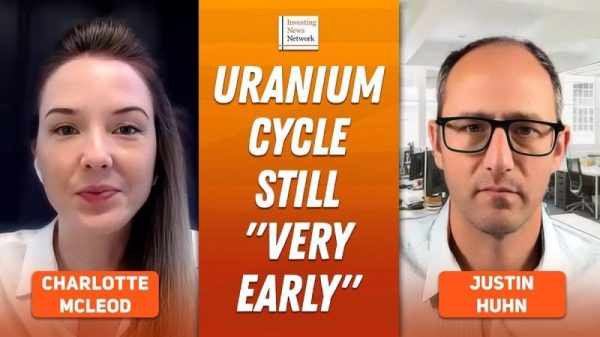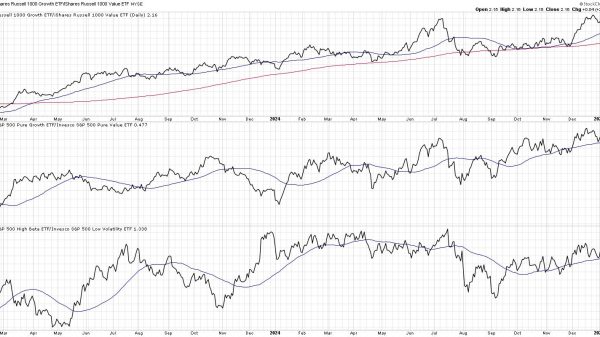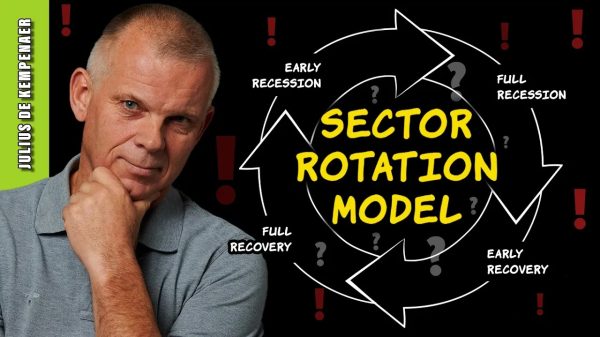The Wall Street Journal reported in April that the Justice Department would conduct a “criminal investigation into consulting firm McKinsey related to its past role in advising some of the nation’s largest opioid manufacturers on how to boost sales.”
According to the WSJ report, “McKinsey consultants advised the company [Purdue] on how to increase sales of its flagship drug, including suggesting that Purdue’s sales team make more calls to healthcare providers it knew wrote high volumes of OxyContin prescriptions and spend less time on doctors who prescribed the opioid medication the least, the records showed.”
Imagine that. McKinsey allegedly tried to help Purdue tailor its sales efforts to doctors who already prescribed oral opioid drugs. There’s nothing mysterious or nefarious about this. It is standard and economically rational. To do otherwise would be inefficient and wasteful. Some consultants do this sort of work virtually every day. The small consulting company, Objective Insights, Inc. (co-owned by one of the authors) has performed it a handful of times.
But because OxyContin — the Food and Drug Administration-approved prescription opioid at the center of the opioid overdose epidemic — is involved, everything is suspect. The Justice Department must think we are credulous. Let’s use a common food to demonstrate the innocence of this type of analysis.
Imagine your company is launching a new granola, and market research has shown that your product can reach a 25 percent share among all granola brands. Buoyed by this news, you put your efforts into reaching all consumers, trying to maximize sales. Then you hire the services of a consulting company, which suggests that, because you have limited resources and each customer contact is costly, you would be smarter to address customers who already purchase a lot of granola.
It’s easier to convince existing customers to switch brands than it is to convince non-customers to start buying.
Consider two potential customers. If the first customer never buys granola, reaching that customer means that your company would receive 25 percent of zero sales. If another customer buys one box of granola every week, your company, by reaching that customer, would sell 13 boxes a year (25 percent times 52 boxes). That second customer provides fertile ground for your company’s sales efforts.
We can look at some old pharmaceutical data to show how this works in practice. Consider prescription data from the market for Neurontin (gabapentin), Lyrica (pregabalin), and generic gabapentin, which are generally used to treat neuropathic pain caused by diabetic neuropathy and postherpetic neuralgia. During the year covered by this data, approximately 500,000 doctors wrote a total of 33 million prescriptions for these drugs. On average, each doctor wrote 66 prescriptions. But not all doctors are average, and we can group them into ten deciles.
Into each decile we put 3.3 million prescriptions (10 percent of the total). In the top decile were 2,400 prescribers. On average, they wrote 1,375 prescriptions, or almost 21 times the number written by the average physician.
In decile 9 were 4,900 doctors writing 3.3 million prescriptions. Those doctors, on average, wrote 673 prescriptions, roughly half the number of the doctors in decile 10. At the bottom end, in decile 1, were 320,000 doctors who wrote, on average, 10.3 prescriptions.
Assume that it costs the same for a company to make a sales visit to a decile-10 doctor as to visit doctors in other deciles. If the company called on an equal distribution of doctors by decile, and called on 2,400 doctors in all, then it could increase its productivity by a factor of twenty by focusing all its sales calls on the 2,400 decile 10 doctors. The total potential market would shift from 158,400 prescriptions (2,400 doctors times 66 prescriptions each) to 3.3 million prescriptions (2,400 doctors times 1,375 prescriptions each).
If this company’s product could get 25 percent share of the prescriptions written by the doctors it called on and 0 percent share of the prescriptions of the other doctors, then this product would grow from 39,600 prescriptions (25 percent times 158,400 prescriptions) to 825,000 prescriptions (25 percent times 3.3 million).
Simply by shifting its promotional focus from average doctors to high prescribers, the company could increase its sales by a factor of 19.8. Of course, it might make economic sense to call on a larger number of doctors — to avoid missing a substantial section of the market — and, for geographic reasons, it might make sense to skip some decile-10 doctors. Ultimately, this company might make sales calls to doctors in deciles 7 through 10, with the clear motivation to place an emphasis on the higher deciles and avoid the lower deciles.
This type of analysis is the bread and butter of some pharmaceutical consultants.
Is the Justice Department really going to charge McKinsey & Co. criminally for suggesting to its clients that they focus on calling on doctors who already prescribe a lot? Is economically rational analysis now illegal? And, if so, exactly what law did McKinsey break?
What’s next. Telling consultants that they shouldn’t help granola companies find customers who like to eat granola?

































